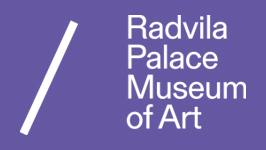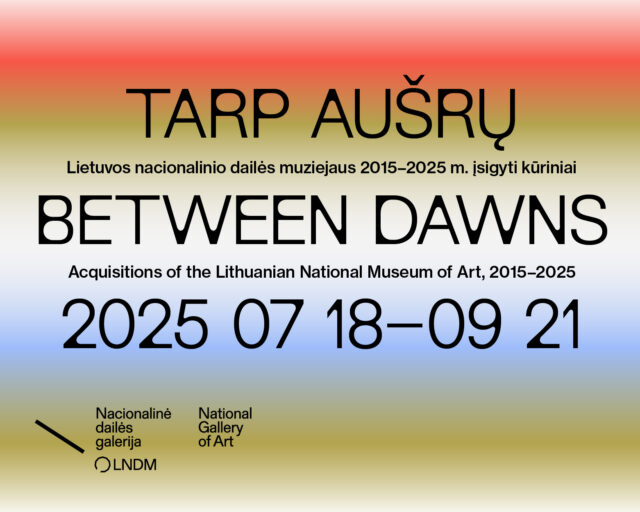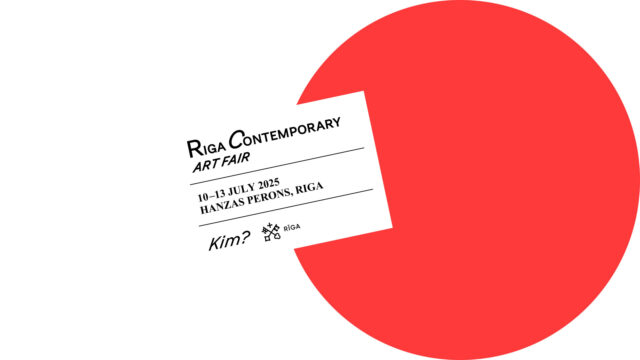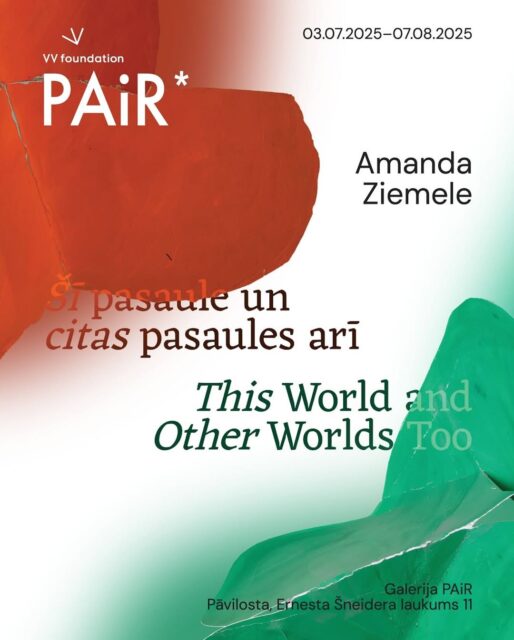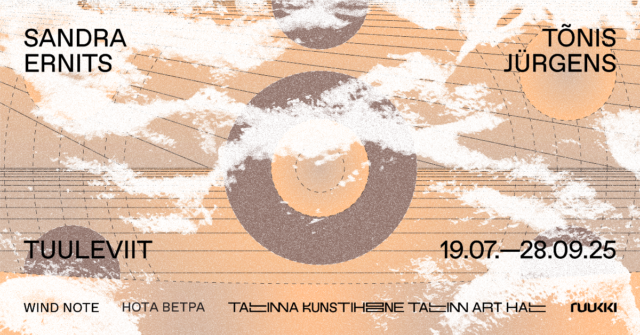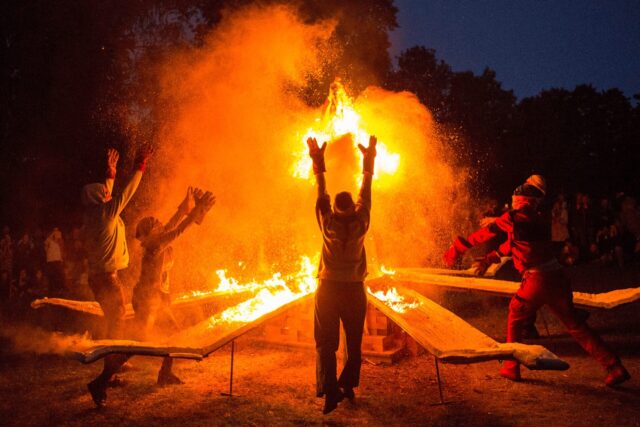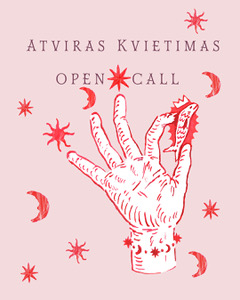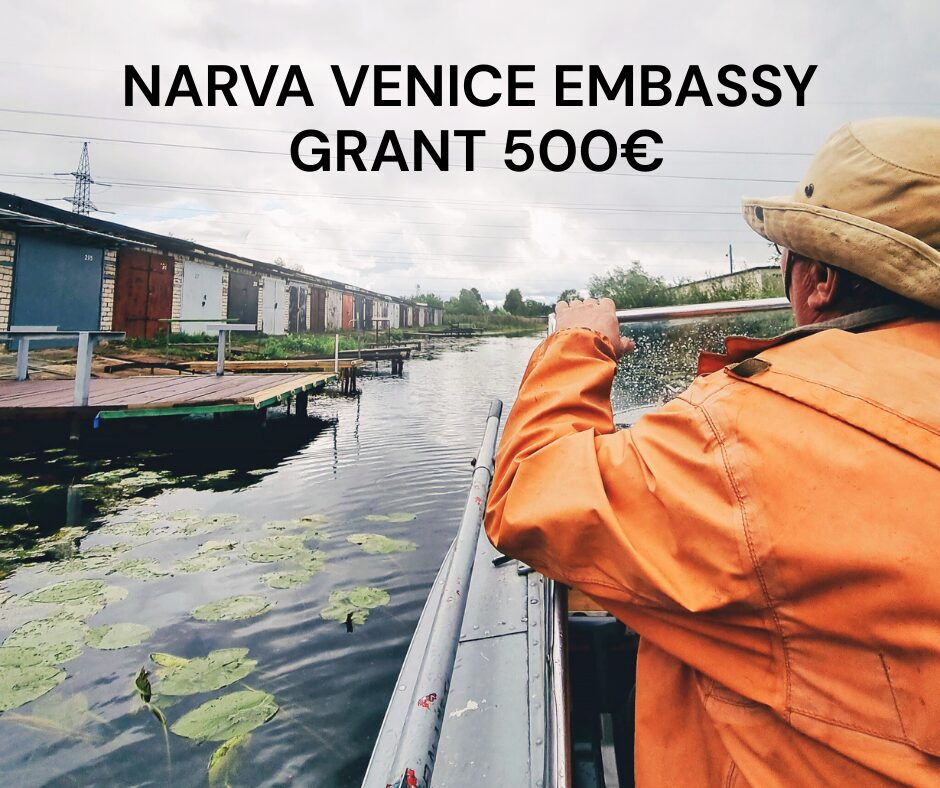Not long ago the future of painting was debated, and its peculiar semiotics and cultural function were discussed in texts like Douglas Crimp’s “The End of Painting” and Yve-Alain Bois’ “Painting as Model”. Today, on the contrary, the popularity of painting is becoming self-evident once again, even to the point of seemingly not requiring further reflection. The artists featured in the exhibition “Painting and the Model” – Vladas Žilius (1939-2012), Igoris Piekuras (1935-2006), Rūtė Merk (1991) and Gabrielė Adomaitytė (1994) – either did not know about the time “after painting” or used it to rethink the medium in their own work.
One of the most striking examples of the search for a new language of art in Lithuania is the early work of Vladas Žilius, including “Langas” (1967). It is a composition of elements of optical art including modified scenes of Rimantas Dichavičius’ photographs as well as prosaic self-portrait shots. It is a rare case of politicisation of non-figurative art – Žilius was accused of ‘formalism’ and expelled from the Lithuanian Artists’ Union in 1976. The painting could be read as a pursuit of a completely different aesthetic imagination and its artistic code, alien to both social realism and national modernism.
Closer to the ideological requirements, but certainly transcending them, Piekuras’ art practice is also based on photography and its documentary nature. “Negatyvinis portretas” (1978) and “Vanduo II” (1989) could not be considered as typical examples of photorealism, however. In them, inversions and contrasts of light and colour, sequential, segmented compositions quoting cinematic montage or illustrations in scientific journals are employed to expand the spectrum of perception, while laser-sharp symbols are used to resemantize the objects in the nearest spectrum of experience. This rationalistic meta-imagery, or, as Laima Kreivytė puts it, “a glance at a glance”, is inscribed in a specific, limited time.
The style of Merk and Adomaitytė’s works may resemble digital image generation or the syntax of electronic music. These parallels, though not accidental, are only secondary connotations; they demonstrate first and foremost the very possibility of formalizing the catalogue of elements of expression and the free choice behind them. These are paintings that “speak” only in images, and do not hide the fact that they are only paintings. However, their canvases do not use eidetic, chromatic and textural elements and their complexes without limitations either – the origin of the image is primarily based on photography, with its informational and social documentary dimensions.
In Adomaitytė’s work, this is manifested in motifs that overlap with the fields of medicine, knowledge production and information technology – the landscape “Dark Matter” (2018) or the allegory with the butterfly and Rodin’s “The Thinker”, “Under the Feet of the Crusher” (2023). In Merk’s work this is manifest in her series of works related to the genres of the still life and portrait: artificial plants, food and prosthetic products suggest new definitions of the material object. The portraits of the so-called Generation Y or Z, young people who are seen as hyperconnected while remaining alienated at the same time, lacking the attributes of stable identities, such as in “Linuks” (2023), suggest a changing social fabric.
The aesthetic models referred to by the works presented in the exhibition differ both from those described by Yve-Alain Bois and from those shaped by art criticism in Lithuania at a similar time, and one could agree with A. J. Greimas in “Structure and History”, who states: “we have to admit that history is not open, as has been repeated over and over again, but on the contrary – it is closed: it prevents new meanings, virtually hidden in the structure on which it depends; it does not act as an engine, but rather as a brake,” even though historicity is only contested in time.
Jonas Skačkauskas
The exhibition is partly funded by the Lithuanian Council for Culture and is part of the creative programme of the Lithuanian Artists’ Union.
Painting And the Model
Gabrielė Adomaitytė, Igoris Piekuras, Rūtė Merk, Vladas Žilius.
2023 12 15 – 2024 01 20
LDS Contemporary art and culture space Medūza, Vilnius
Photography: Laurynas Skeisgiela

Painting and the Model, exhibition view, Medūza, Vilnius, 2023-24

Vladas Žilius „Langas“
(Window)

Vladas Žilius „Langas“
(Window)

Painting and the Model, exhibition view, Medūza, Vilnius, 2023-24

Igoris Piekuras „Vanduo II“
(Water II)

Gabrielė Adomaitytė „Under
the Feet of the Crusher“

Igoris Piekuras „Vanduo II“
(Water II)

Gabrielė Adomaitytė „Under
the Feet of the Crusher“

Painting and the Model, exhibition view, Medūza, Vilnius, 2023-24
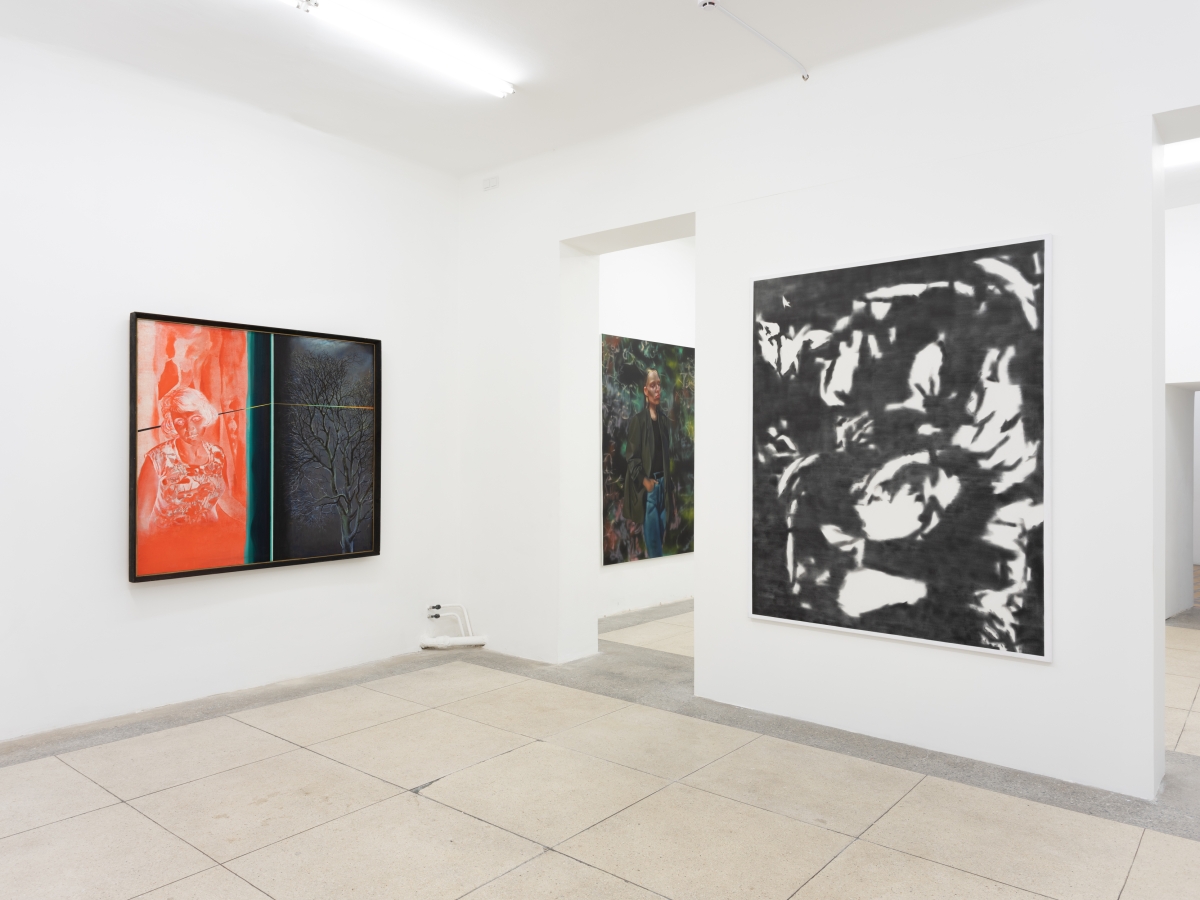
Painting and the Model, exhibition view, Medūza, Vilnius, 2023-24

Gabrielė Adomaitytė „Dark
matter“
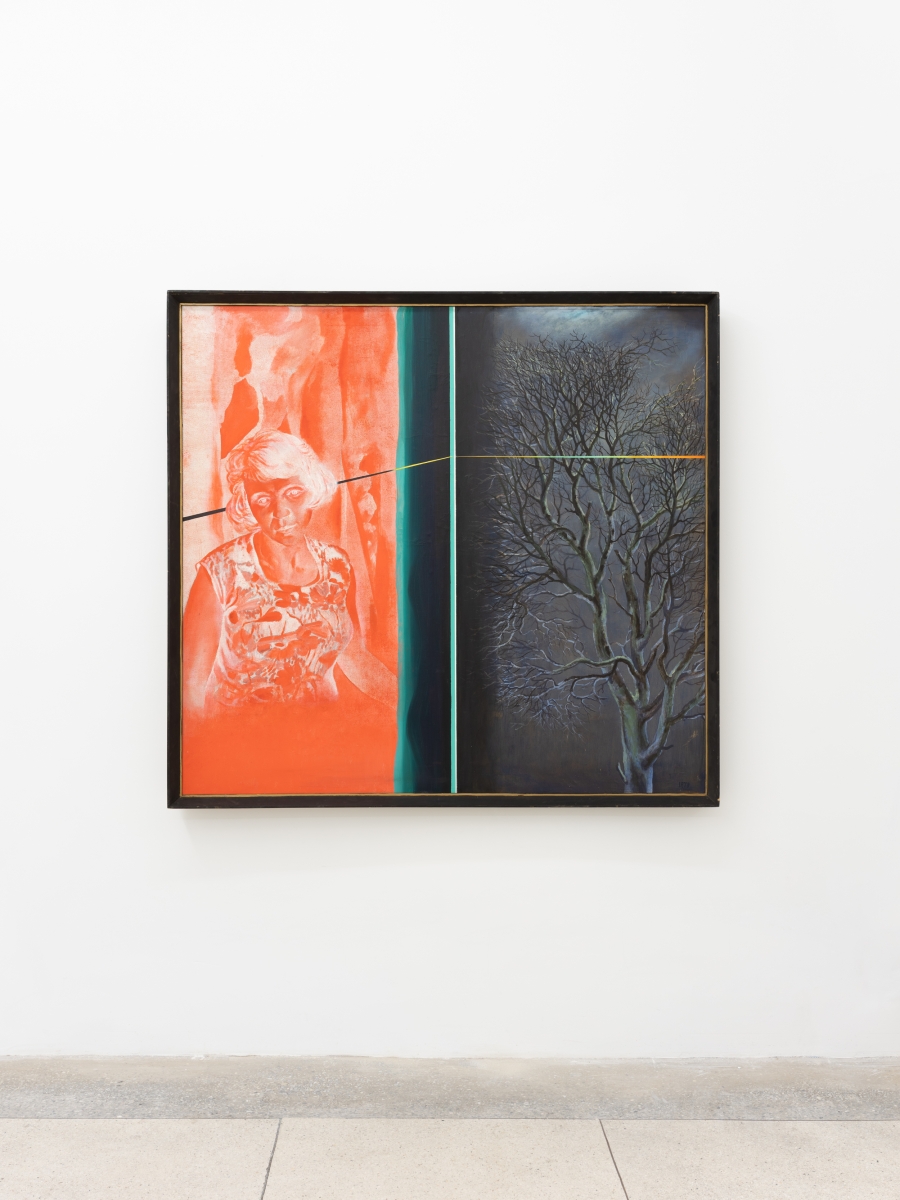
Igoris Piekuras „Negatyvus
portretas“ (Negative Portrait)
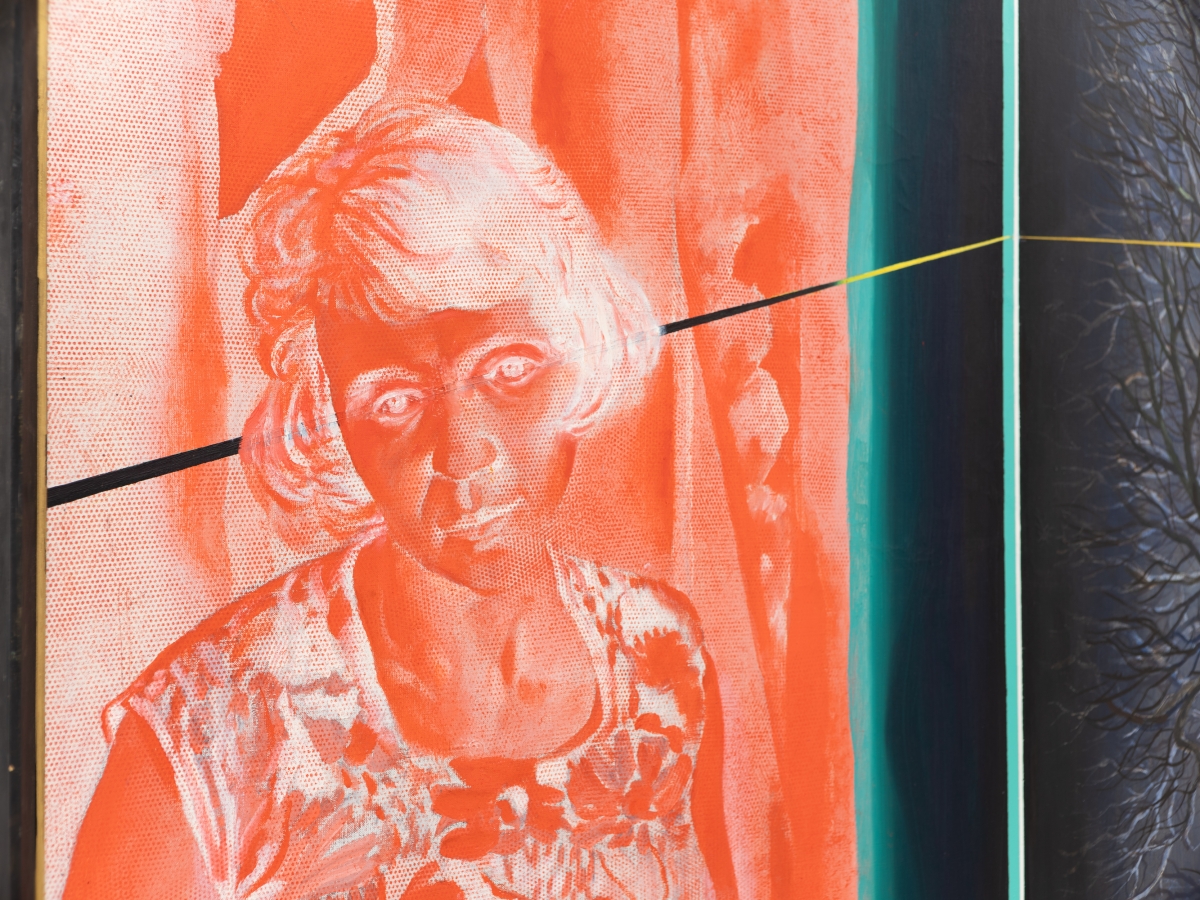
Igoris Piekuras „Negatyvus
portretas“ (Negative Portrait)
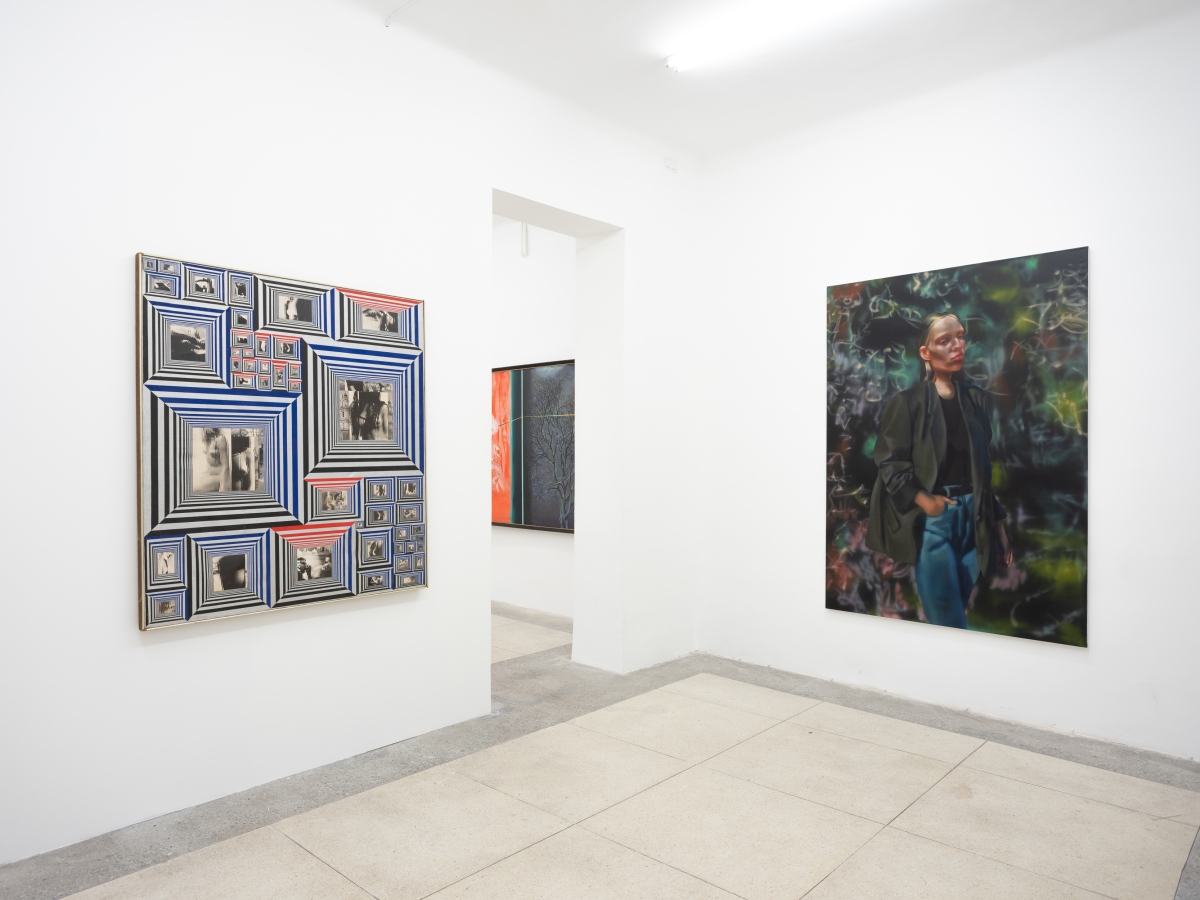
Painting and the Model, exhibition view, Medūza, Vilnius, 2023-24

Rūtė Merk „Linuks“

Rūtė Merk „Linuks“
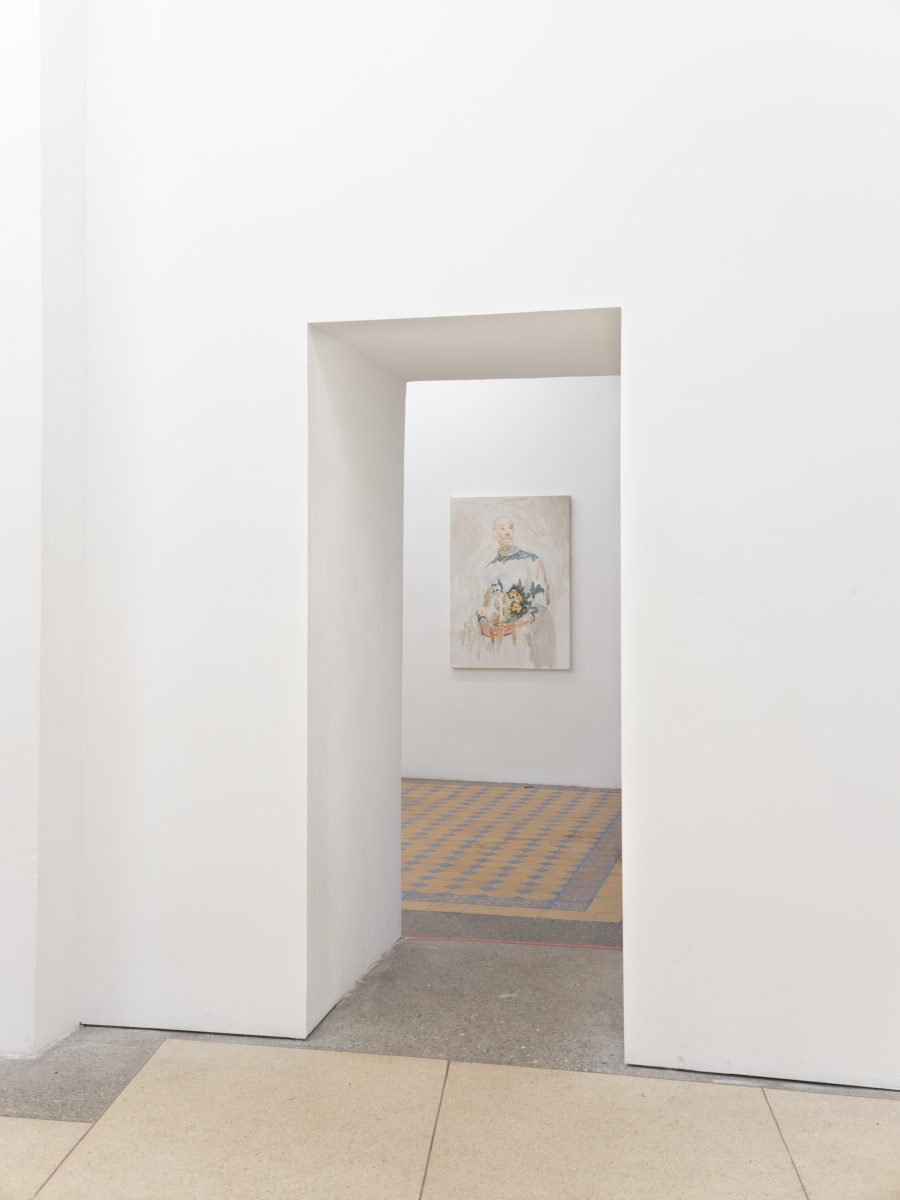
Painting and the Model, exhibition view, Medūza, Vilnius, 2023-24
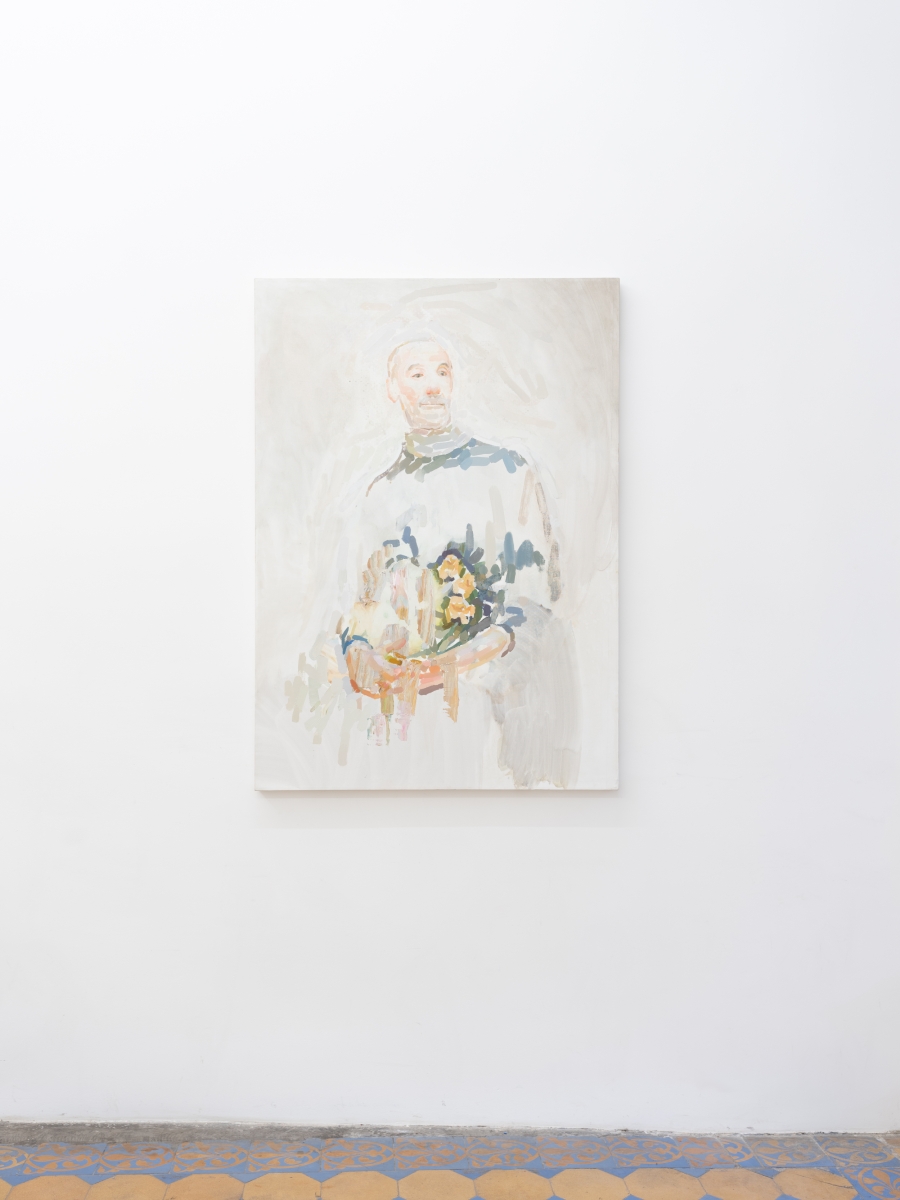
Rūtė Merk „A.A.“
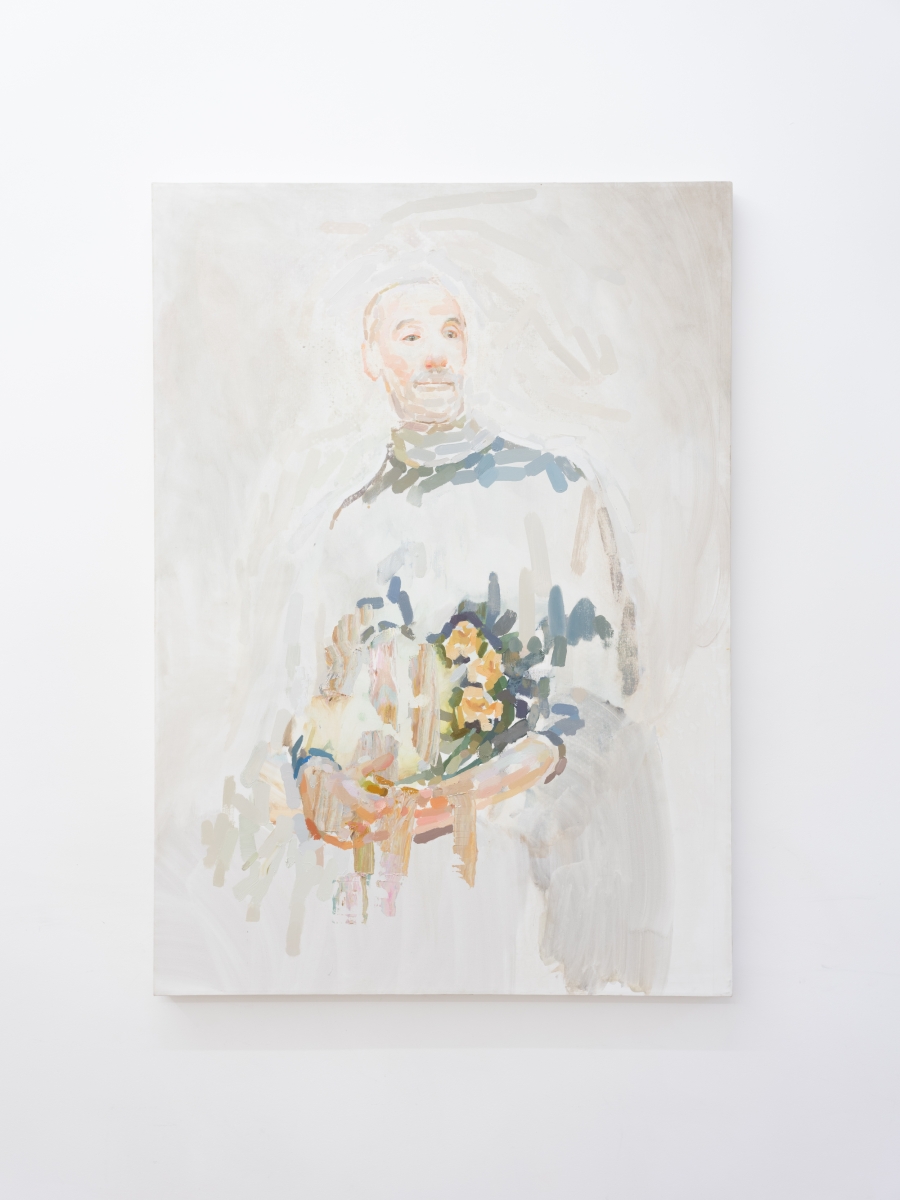
Rūtė Merk „A.A.“



